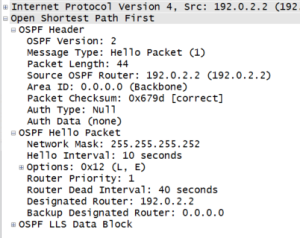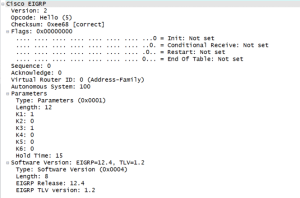The Impact of White Box on Cloud Networking
The adoption of cloud networking architectures by both the hyper-scale cloud companies and increasingly enterprise networks proves the need for open standards and modern networking software to gain the benefits of agility, programmability and resiliency. These architectures are all driven by the move to standardized topologies and container-scale deployment to achieve cloud economics.
The recent Facebook introduction of a reference design to align to the OCP (Open Compute Platform) server project with a network switch (“Wedge”) based on a Linux OS is a good benchmark for the use of open standards, control and merchant silicon. While many may view this as a threat to legacy proprietary networking, to me it’s a welcome validation of Arista’s approach to building modern software that is open and programmable as opposed to a proprietary, bloated and complex legacy OS. It is also a symbol of Arista’s co-development of APIs offering access for specific application control in Facebook’s network. This is a fitting example of how “white box” technology could be applied to a specific SDN use case. It is not trying to address broad data center use with multiple applications and mobile workloads.
Arista EOS for Universal Workloads and Workflows
Two factors are driving Continue reading




